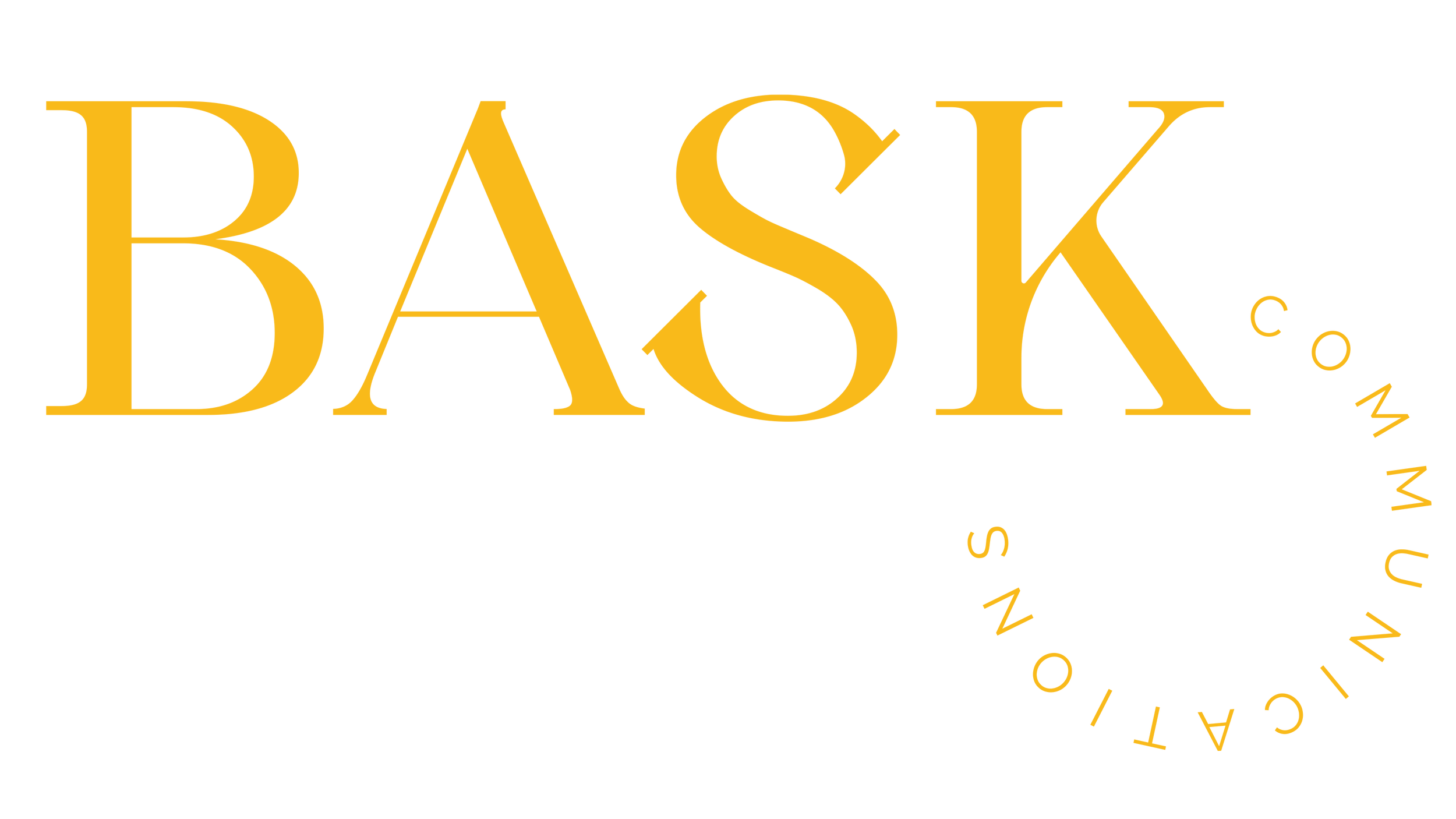2020 has been a roller coaster ride to say the least. You think you got on the kiddie ride and the next thing you know, you’re hanging upside down in the middle of the sky.
We took a break at the end of 2019 because it was time to reconsider what is the role of communications today as the lines blur between all the different platforms and media that we have today. We are living in the Information Age. We have more access to news and information than ever before in the history of mankind. For marketers, this is an endless chase for the next big thing.
At the beginning of humanity as we know it, civilisations wrote on slabs of stones, scrolls, and whichever tools that existed in their time. Many more depended on the oratory transfer of information. It took years and years for new inventions to emerge and for mediums to evolve. In the last century, new technologies have resulted in change happening at break-neck speed.
How do we cut through the noise when it feels like there’s barely any time at all to learn the ropes of the next “big” medium. First there was the “archaic” age of MSN and IRC, and now, there’s not just YouTube, Instagram and Facebook but also TikTok, Twitch, Bigo and who knows what’s coming next?
It’s a common perception that consumers’ attention spend is shortening but we don’t look deep enough for the common denominator behind the rise of new social media platforms. Consumers are looking away from curated, systematic type of content that glamourises the mundane. They are looking for spontaneity and authentic content that resonates.
In recent times, we noticed that brands that bring from their authentic self, cares and speak “like a human” to their audience have bridged better and stronger relationships with customers than those that still maintain a “corporate speak”.
With the end of the pandemic nowhere in sight, companies have to put in more thought and consider switching gears in the content that they are putting out there. If most of your customers are worried about their livelihood, would it still make sense to repeatedly put out messages to buy or spend money, or would it be more prudent to put out more content that helps and support? How do you show that you are a business that cares so that when the bad times are over, they remember you stood by them and return with more support than ever.
We can’t say for sure we know how PR, and communication as a whole will evolve to become in the near future but what we can say is that language, as we know it, will become more like you and me.









